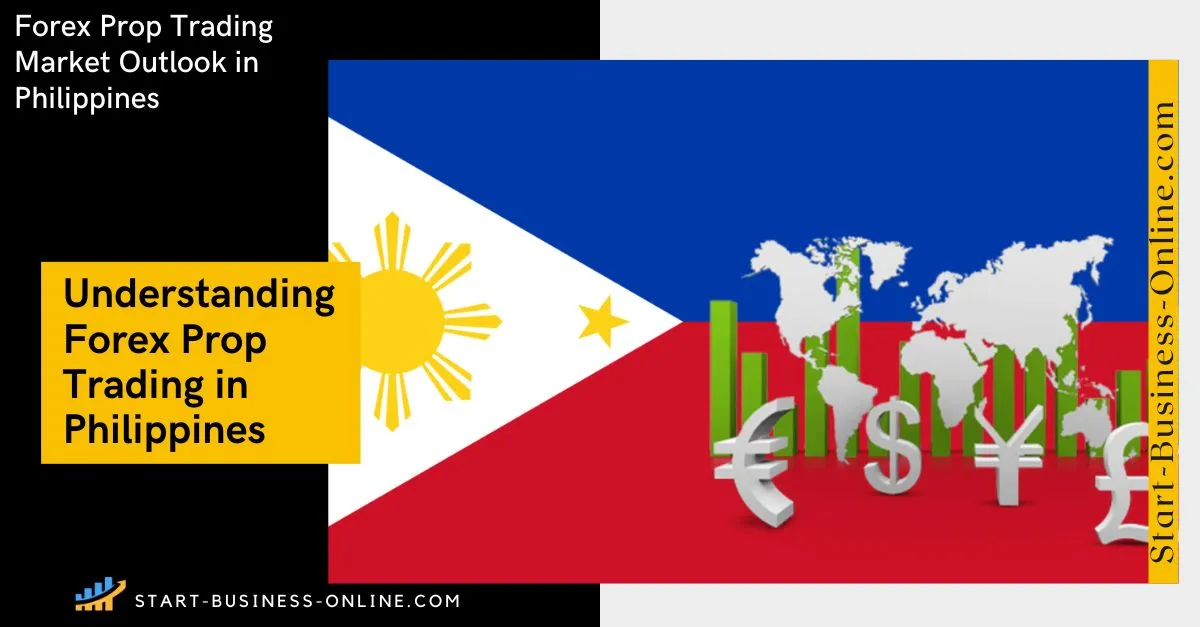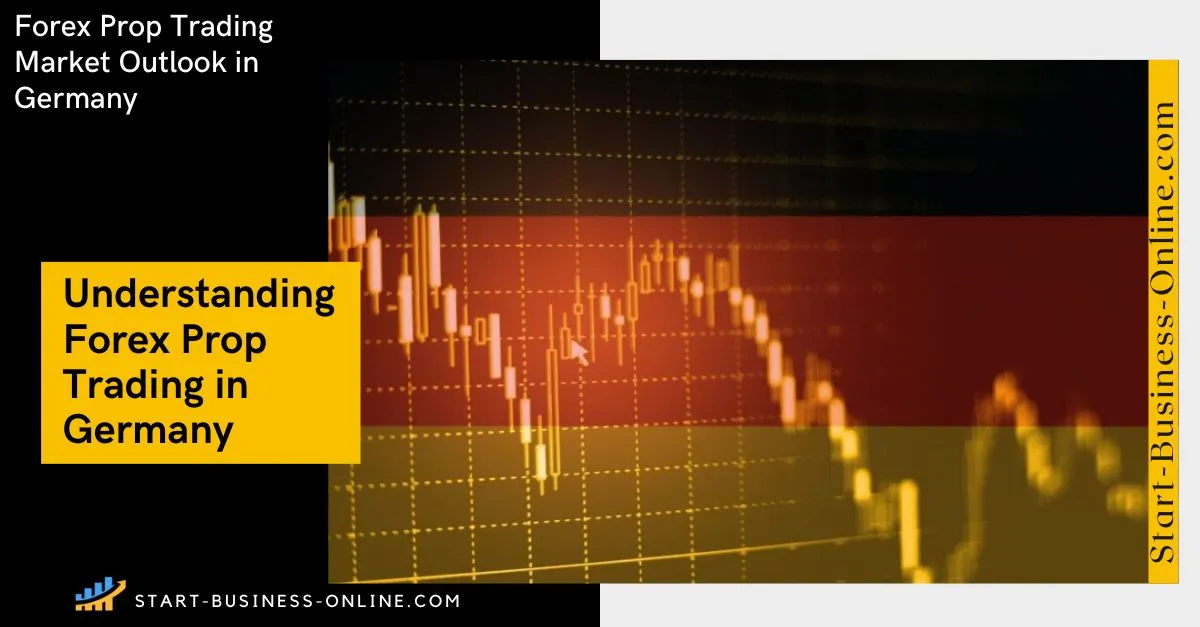Prop trading in the Philippines is maturing fast. Ambitious retail and semi-pro traders from Metro Manila to Cebu and Davao are turning to funded evaluations to access scalable capital, institutional-style risk controls, and predictable payout schedules—without tying up large personal balances. If you’re weighing prop trading in the Philippines, this guide unpacks the model, the PH regulatory backdrop (SEC, BSP, AMLC), how to compare programs, and step-by-step tactics to pass evaluations while managing risk in PHP.
Page Contents
- 1. TL;DR — At a Glance (PH)
- 2. What Prop Trading Looks Like in the Philippines
- 3. Why the Philippines Is Catching Up
- 4. Regulatory Snapshot (PH): SEC, BSP, AMLC
- 5. Costs & EV in PHP
- 6. Table A — Common Evaluation Models (Directional, in PHP)
- 7. Table B — Pass/Fail EV Sketch (Illustrative, PHP)
- 8. Drawdown Architectures — Read the Fine Print
- 9. Worked Sizing Example (PHP, Illustrative)
- 10. 30-Day Pass Plan (PH, Two-Step)
- 11. Starter Playbooks (PH Sessions)
- 12. 1) Gold Momentum Breakout
- 13. 2) Index Intraday Mean-Reversion
- 14. 3) Swing FX with News Filters
- 15. PH Checklist & Payout Rails
- 16. Shortlist & Quick Picks (PH)
- 17. Pros & Cons
- 18. Tips to Pass (PH)
- 19. Stats & Insights (PH Context)
- 20. Conclusion (PH)
- 21. Prop Trading in the Philippines — FAQs
- 22. Related Reading
View more
TL;DR — At a Glance (PH)
- Model: Pass evaluation → access funded (often simulated) capital → trade under strict daily/max DD → share profits.
- Targets (directional): Two-step paths often require ~6–10% with ~8–12% max DD and ~4–5% daily loss limits.
- PH lens: Confirm if your program is simulated with contractual payouts or distributing CFDs/derivatives to residents (conduct expectations may apply).
- Total cost in PHP: Evaluation + resets + platform/data + payout/FX + local transfer fees → manage EV per attempt.
- Execution: Size from the tightest rule (usually daily loss); protect your worst day and avoid correlation stacking.
What Prop Trading Looks Like in the Philippines
Prop trading in the Philippines follows a global template: pass an evaluation with clearly defined risk limits, then trade a funded (often simulated) account via MT5, cTrader, TradeLocker, or DXtrade. Quality programs keep rules stable, publish them in plain language, and run punctual payouts. Your job is to align your playbook to the rulebook and stay consistent during Asia/London/NY session transitions.
Why the Philippines Is Catching Up
- Connectivity & access: Rising broadband penetration and mobile-first workflows make trading feasible beyond NCR.
- Discipline uplift: Rulebooks enforce risk budgets, reduce overtrading, and improve setup quality.
- Scaling: Profit splits commonly 70/30–90/10; consistent performance unlocks larger allocations and shorter payout holds.
Directional insight: Traders who budget to the daily loss cap (not the headline max DD) typically last longer and hit targets with fewer trades.
Regulatory Snapshot (PH): SEC, BSP, AMLC

- SEC (Securities and Exchange Commission): Oversees securities markets/enforcement. If a program markets or distributes regulated products (e.g., CFDs) to PH retail clients, conduct expectations may apply.
- BSP (Bangko Sentral ng Pilipinas): Supervises banks/payment systems (InstaPay, PESONet). Name-matched KYC/AML and clean audit trails reduce payout friction.
- AMLC: AML/CFT obligations influence onboarding and withdrawals; expect robust verification.
- Program structure: Many challenges are simulation-only with contractual payouts; others link to OTC derivatives via partner brokers. Confirm which structure applies to you as a PH resident.
Bottom line: The prop model is allowed; questions arise when regulated products are distributed to PH retail. Verify claims and request public registry references wherever relevant.
Costs & EV in PHP
- Upfront: Evaluation fee (varies by account size/model).
- Variable: Resets, platform/data add-ons, payout fees, FX conversion, e-wallet/bank charges.
- Hidden: Time cost, slippage during Tier-1 news, psychological load of trailing DD.
Table A — Common Evaluation Models (Directional, in PHP)
Note: PHP figures are budgeting ranges—verify live prices on each provider’s site.
| Model | Profit Target | Max DD | Daily Loss | Min Days | Typical Fee Range (PHP) |
|---|---|---|---|---|---|
| 1-Step | ~8–10% | ~8–10% | ~4–5% | 0–5 | ₱10,000–₱30,000 |
| 2-Step | ~6–10% / 4–8% | ~8–12% | ~4–5% | 5–10 | ₱7,000–₱26,000 |
| Instant | Lower targets; stricter rules | ~6–10% | ~3–5% | 0–3 | ₱15,000–₱45,000 |
Table B — Pass/Fail EV Sketch (Illustrative, PHP)
| Assumption | Value (PHP) |
|---|---|
| Evaluation Fee | ₱14,000 |
| Average Resets per Pass | 1 (₱7,000) |
| Expected First Payout | ₱38,000 |
| Estimated Pass Probability | 25% (directional) |
| Expected Cost | ₱21,000 |
| Expected Benefit | 0.25 × ₱38,000 = ₱9,500 |
Decision lens: Improve pass probability by cutting attempt count and enforcing a hard daily stop; quality over frequency.
Drawdown Architectures — Read the Fine Print
- Equity vs Balance: Equity DD includes floating P/L intraday; balance DD tracks closed equity only.
- Static vs Trailing: Trailing shrinks headroom after new highs; static stays fixed.
- Intraday vs EOD: Intraday enforcement is stricter—budget for worst-path risk, not endpoint arithmetic.
Worked Sizing Example (PHP, Illustrative)
Daily loss cap = ₱80,000. Trading XAUUSD with ≈ US$10/tick (≈ ₱580/tick, directional). 30-tick stop → ≈ ₱17,400 per lot.
Target ≤ 70% of daily cap → 0.70 × 80,000 = ₱56,000 risk/day Max lots if 1 trade = 56,000 / 17,400 ≈ 3.21 → use 3 lots If 2 trades/day = 28,000 per trade → 28,000 / 17,400 ≈ 1.60 → 1 lot/trade 30-Day Pass Plan (PH, Two-Step)
- Days 1–3: Platform, spread, and slip checks; minimum size; screenshot fills.
- Days 4–10: One playbook (gold momentum or index mean-reversion); 1–2 trades/day.
- Days 11–16: Maintain pace; do not add setups; size only within A-setup.
- Days 17–22: Skip marginal days; protect equity curve.
- Days 23–27: Nudge the target using only A setups; zero revenge trading.
- Days 28–30: Trade only if needed—and only A+ signals.
Starter Playbooks (PH Sessions)
1) Gold Momentum Breakout
- Instrument/TF: XAUUSD, M15–H1; London–NY overlap (~8:00 PM–12:00 AM PH Time).
- Execution: Break of session high; ATR stop; partials at 1.0R/1.5R; trail behind 20-EMA swings.
- Risk: 0.25–0.5R; worst day ≤ 70% daily cap.
2) Index Intraday Mean-Reversion
- Instrument/TF: US100/US30, M5–M15 during US session (9:30 PM–4:00 AM PH Time).
- Execution: Fade 2–3× ATR extensions into VWAP confluence; exit at VWAP/first structure.
3) Swing FX with News Filters
- Instrument/TF: Majors, H1–H4; Asia/London transitions.
- Execution: Break-retest + RSI divergence; exits at prior swing or 2.0R.
PH Checklist & Payout Rails
- Structure: Sim-only vs derivatives distribution; ask for clarity and any public registers.
- Drawdown math: Equity vs balance; static vs trailing; intraday vs EOD.
- Payouts: InstaPay/PESONet and e-wallets (GCash, Maya) where supported; verify fees/timelines.
- All-in cost: Evaluation + resets + platform/data + payout + FX.
- Evidence: Recent payout proof; dispute SLAs; stable T&Cs.
Shortlist & Quick Picks (PH)

Use this starting universe to explore options. Inclusion ≠ endorsement; verify fit for PH residents before paying any fees.
- FTMO — Two-step; strong education/history. Best for: structured traders.
- The5ers — Flexible timelines/scaling. Best for: consistency profiles.
- E8 / E8 Markets — Polished dashboards; 1–2 step options. Best for: UX lovers.
- DNA Funded / True Forex Funds — Competitive pricing; verify payout speed/stability.
- Region-friendly picks: Programs that explicitly accept PH applicants and publish payout guidance.
The Best Prop Trading Firms in 2025
Rating breakdown
Things we liked:
Exclusive Discount Code (20% Off Exclusive Offer)Unlimited time for completion
Real Funding and Daily Payouts
Things we didn't like:
High challenge difficultyRating breakdown
Things we liked:
Exclusive Discount Code (10% Off Exclusive Offer)Unlimited time for completion
Real Funding and Daily Payouts
Things we didn't like:
Futures onlyNo free retry
Rating breakdown
Things we liked:
Up to 100% Profit SplitUnlimited Number of Trading Days
Fast Payouts
Things we didn't like:
10% Max Loss Limit on Accounts$10 Withdrawal Processing Fee
No swap free accounts
| Prop Firm | Prop firms that restrict clients from Philippines |
|---|---|
| Topstep |
Pros & Cons
- Pros: Scalable capital; high splits; rule-driven discipline; familiar platforms.
- Cons: Evaluation/reset costs; complex rules; payout/FX frictions if rails aren’t optimized.
Tips to Pass (PH)
- Engineer to the daily cap (worst day ≤ 60–70%).
- ATR-normalize risk; cap attempts per day.
- Kill switch after −1R to −2R on the day.
- Trade fewer A+ setups; avoid late-night fatigue mistakes.
- Journal screenshots; keep proof for disputes.
Stats & Insights (PH Context)
- Retail-facing props expanded rapidly post-2020 (directional estimate: global user base in the hundreds of thousands).
- Payout cycles often biweekly or monthly; thresholds commonly US$100–$250 equivalent.
- Two-step targets: ~6–10% with ~8–12% max DD; intraday daily loss ~4–5%.
Conclusion (PH)
Prop trading in the Philippines can be a professional, rules-driven path to scale—if you choose transparent operators, size to the strictest constraint, document everything, and only scale after successful withdrawals.
Prop Trading in the Philippines — FAQs
It can be—if you have a real edge, strict risk controls, and rules that fit your style. Look for transparent terms, realistic targets, and fair profit splits (often 70/30–90/10).
Prop trading as a model isn’t banned. What matters is structure and marketing. If regulated products (e.g., CFDs) are distributed to PH retail, local conduct expectations may apply. Many programs are simulated with contractual payouts—confirm which you’re joining.
It varies widely. Focus on risk-adjusted returns, payout %, and account size. Consistency and drawdown discipline beat sporadic big wins.
Yes—if you operate within rules, size to daily/max drawdown, and avoid overtrading. Protect downside first and track performance in PHP terms.
Often the London–NY overlap (~8:00 PM–12:00 AM PH Time) for momentum/volatility. Adjust for local holidays and US data releases.
Some programs support e-wallets indirectly via processors. The most reliable route is still bank transfers (InstaPay/PESONet) with name-matched KYC.
With a ~1.2R average and ~45% win rate, roughly 9–12 quality trades can suffice. Fewer, better setups usually outperform frequent small scalps.
It depends on the firm. Check T&Cs for EA/copier rules, symbol bans, and news-trading limits before paying any fees.
Commonly biweekly or monthly with thresholds (e.g., US$100–$250 equivalent). Confirm fees, FX conversion, and processing times in Metro Manila, Cebu, and Davao.
Related Reading
How to Choose a Prop Firm • Beginner-Friendly Challenges • Cheapest Challenges









